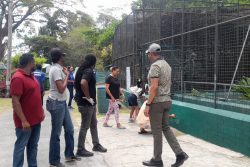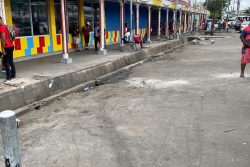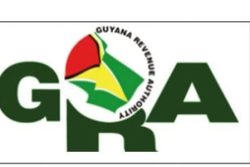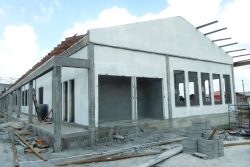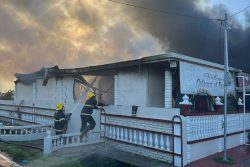Less than a week into the new decade, monsoon rains and overflowing rivers have flooded nearly 200 Jakartan neighbourhoods claiming dozens of lives and displacing nearly 400,000 Indonesians. Bushfires, some with flames taller than the Sydney Opera House, have consumed 13.5 million acres in Australia, killing half a billion animals and about 20 people. (Since September, bushfires in New South Wales fires have devastated more land than the 2018 Amazon and 2019 California fires combined.) America seems poised to enter a conflict with Iran, following a drone strike that killed Gen. Qassem Soleimani, leader of the Quds Force in Iran’s Revolutionary Guard, spearhead of the Islamic Republic’s foreign campaigns. And #WorldWarThree is one of a top trending topic on Twitter.
If it feels as though nearly all the news is bad, all the time, and that it is possibly getting worse, that’s because it is – by design. The digital news platforms which curate what is often called “the attention economy”, rely on us feeling that way. Fear and anxiety keep us glued to smartphones and social media, spreading discomfort to our private networks and swelling profits for the advertising-driven companies which spend lavishly to ensure that their products hook “users” – the language of addiction is inevitable – by maximizing their “time-on-device”. Sophisti-cated datamining allows these companies to microtarget us with alarms and provocations that rivet our eyes to a seemingly infinite scroll of data.
A decade ago the media scholar danah boyd drew attention to the ways in which “like many social network sites, Twitter flattens multiple audiences into one – a phenomenon known as ‘context collapse’”. Twitter users who tried to reconcile the tensions between different parts of their audiences “adopted a variety of tactics, such as using multiple accounts, pseudonyms, and nicknames, and creating ‘fakesters’ to obscure their real identities … [they created] a lowest-common denominator effect, as individuals only post things they believe their broadest group of acquaintances will find non-offensive.”
In the intervening decade context collapse has been weaponized by a wide range of individuals and governments. They have turned boyd’s original insight on its head and crafted the most provocative material, in order to spread confusion, mistrust, hatred and doubt across these platforms. Gradually this sense of endless emergency has become the preferred mode of the platforms. More recently, boyd has written about the need for “strategic silence”: “a mechanism of editorial discretion by which those who have the ability to publish or amplify a particular voice, perspective, or incident weigh the benefits and costs of doing so against broader social values, including enabling an informed public and building community.” This is not, as she and her co-author emphasize, “a call to stop the presses, but rather is the recognition that there is a need to be strategic about what information is amplified in any media ecosystem so as to not allow damaging and harmful messages to spread.” They point out that the idea of “strategic silence” emerged among media scholars and editors in the 1960s and 1970s when their questioning of “editorial omissions of White violence against Black civil rights groups … prompted a shift in coverage of the civil rights movement.”
Among other benefits, the reintroduction of strategic silences could help to reorient our approach towards climate change, natural disasters, wars and famines; weaning us off shock-and-awe voyeurism and restoring contexts that enable collective action. It could help us to think of the world less as a scattering of remote and disconnected misfortunes than a shared home with resources that need cultivation, care and respect. It would seek to minimize or disincentivize trolls and disinformation, deflate filter bubbles and reverse the decline of public interest journalism. It would, in short, encourage us to spend less time being anxious about the world and more time trying to improve our corner of it.
